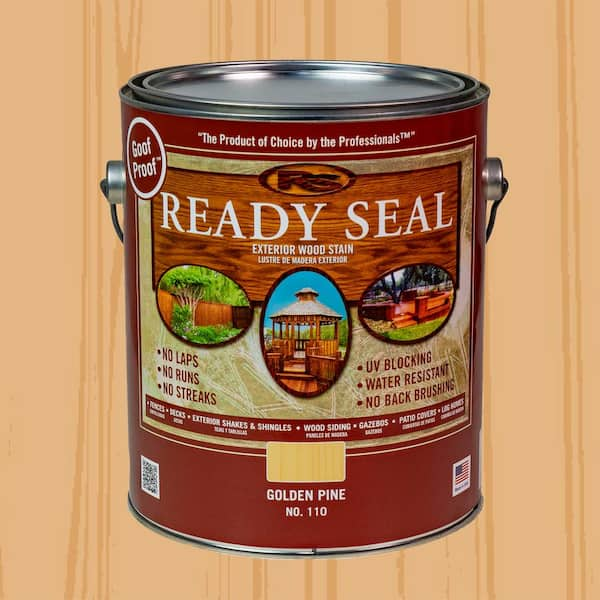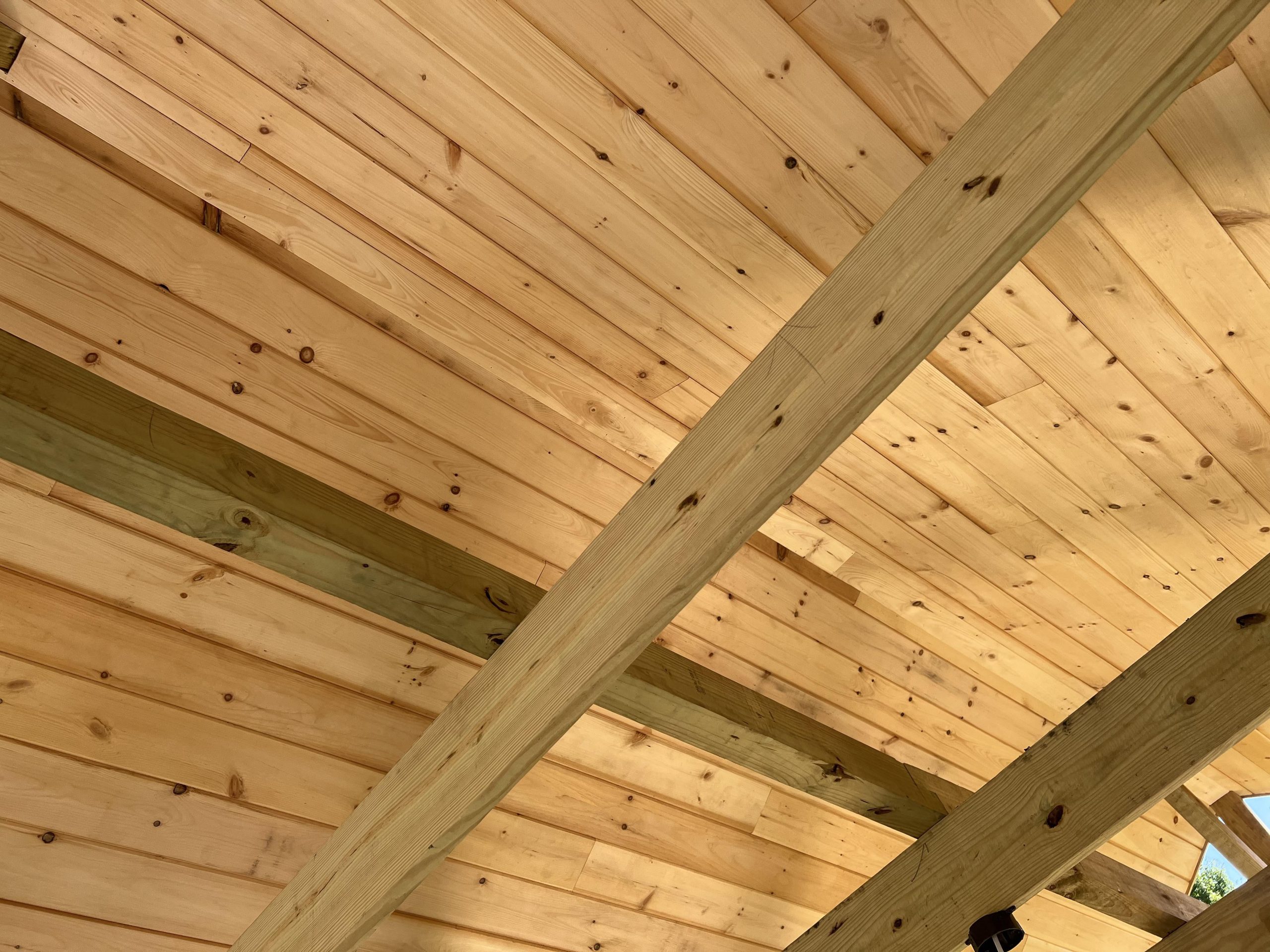Pine is a popular wood choice for many projects. But sealing it properly is crucial.
Pine wood is beautiful and versatile, making it a favorite for furniture and crafts. Its natural grain and color add charm to any piece. But pine is soft and porous, so it needs proper sealing to last. Without sealing, pine can absorb moisture and stain easily.
Choosing the right sealant can protect your pine wood from damage and enhance its appearance. This guide will help you understand what to seal pine with, ensuring your projects remain stunning and durable. Whether you’re a seasoned woodworker or a DIY enthusiast, knowing the best sealants for pine is essential. Let’s explore the options and find the best way to protect your pine wood.

Credit: www.reddit.com
Choosing The Right Sealer
Different sealers serve different purposes. Oil-based sealers are durable. Water-based sealers are eco-friendly. Polyurethane sealers are tough and long-lasting. Lacquer sealers dry quickly. Shellac sealers give a shiny finish. Choose based on your needs.
Water-based sealers are better for the planet. They have low odors. Oil-based sealers can harm the environment. Dispose of waste properly. Look for low-VOC options. These are safer for you and the earth.

Credit: www.reddit.com
Water-based Vs. Oil-based Sealers
Pine can be sealed using water-based or oil-based sealers. Water-based sealers dry quickly and have a low odor. Oil-based sealers offer deeper penetration and enhanced durability.
Pros And Cons
Water-based sealers dry quickly. They have low odor. They are easy to clean up with water. They do not darken the wood much. They are good for indoor use. Oil-based sealers penetrate deeper. They enhance the wood grain. They provide better durability. They have a strong smell. They take longer to dry. They are harder to clean up.
Best Use Cases
Use water-based sealers for furniture and floors. They are good for projects where low odor is needed. They work well for light-colored wood. Use oil-based sealers for outdoor wood. They are good for decks and fences. They are best for high-traffic areas. They work well for dark wood. Choose based on your project needs.
Preparing Pine For Sealing
First, remove any dirt or dust. A damp cloth works well. Make sure to dry the wood completely. Any moisture can cause problems later. Check for any sticky spots. Clean them with a mild soap solution. Ensure the wood is completely dry before moving on.
Use fine-grit sandpaper for a smooth surface. Sand in the direction of the wood grain. This helps to avoid scratches. After sanding, remove all dust. You can use a vacuum or a tack cloth. Make sure the surface is clean before sealing.

Credit: www.homedepot.com
Applying The Sealer
Gather the tools and materials before starting. You will need a sealer, brush, sanding block, clean cloth, and protective gloves. Make sure the area is well-ventilated and free of dust. Use a drop cloth to protect the floor from spills.
First, sand the pine. Use a sanding block to smooth the surface. Wipe away dust with a clean cloth. Next, apply the sealer with a brush. Make sure to cover all areas evenly. Let it dry completely. After drying, lightly sand the surface again. This helps the next coat stick better. Wipe away dust once more.
Apply a second coat of sealer. Ensure even coverage. Let it dry again. Finally, inspect the surface. Make sure it is smooth and fully sealed.
Drying And Curing
Sealing pine is essential for protection and durability. Consider using polyurethane, varnish, or wax to keep the wood safe from damage. These sealants provide a clear finish that highlights the natural beauty of pine.
Optimal Conditions
Pine should dry in a well-ventilated area. Air circulation is key. Ensure a stable temperature around 70°F. Humidity should be low, ideally under 50%. Keep dust and debris away. This helps pine dry evenly. Direct sunlight can cause cracks. Shade is better. Allow ample time for drying. Rushing leads to issues. Drying can take weeks. Patience is vital. Check pine frequently. Feel for moisture. Dry pine is ready to seal.
Common Mistakes To Avoid
Many start sealing too soon. Pine must be dry first. Another mistake is sealing in high humidity. This traps moisture. Avoid using cheap sealants. They don’t last. Never skip sanding before sealing. Smooth wood absorbs better. Some forget to clean the wood. Dirt affects the seal. Thick layers of sealant can crack. Thin, even coats work best. Always follow manufacturer instructions. This ensures the best results.
Maintaining Sealed Pine
Wipe sealed pine with a soft cloth. Use a mild soap if needed. Avoid harsh cleaners. They can damage the seal. Dry the surface well after cleaning. This prevents water spots. Dust the pine regularly. Dust can build up and scratch the surface.
Check the seal every six months. Look for worn or dull spots. These signs mean it is time to reapply the seal. Follow the instructions on the sealant. Apply a new coat evenly. Let it dry completely. This keeps your pine looking fresh and new.
Top Sealer Products For Pine
Minwax offers a range of sealers. Many users praise its durability. It works well on pine. Another good brand is Varathane. It provides a smooth finish. It is easy to apply. General Finishes has top reviews too. People like its clear finish. It protects pine from damage. Choosing the right brand matters a lot. Different brands have different strengths. Some are better for indoor use. Others are best for outdoor use. Read reviews to find the best one for your needs. User reviews are helpful. They offer real-life experiences.
Diy Vs. Professional Sealing
Choosing between DIY and professional sealing for pine can be challenging. Pine can be sealed with polyurethane for a durable finish or with tung oil for a natural look. Both options protect the wood, but the choice depends on the desired appearance and budget.
Cost Comparison
DIY sealing is cheaper. You only need to buy sealant and tools. It might cost around $50-$100. Professional sealing costs more. You pay for labor and materials. It could be $200-$500. DIY saves money but takes time.
Quality Of Finish
Professionals often give a better finish. They have experience and the right tools. DIY may leave streaks or bubbles. A good finish protects wood longer. Professionals use high-quality sealants. DIY might miss some spots.
Frequently Asked Questions
What Is The Best Sealer For Pine Wood?
The best sealer for pine wood is polyurethane. It provides a durable, protective layer. Polyurethane enhances the wood’s natural beauty and protects against scratches and moisture.
Can You Use Oil-based Sealer On Pine?
Yes, you can use oil-based sealer on pine. It penetrates deeply and enhances the wood grain. It also offers excellent durability and protection.
How Often Should You Seal Pine Wood?
You should seal pine wood every 1-2 years. This maintains its protection and appearance. Regular sealing ensures long-lasting durability and beauty.
Is Water-based Sealer Good For Pine?
Water-based sealer is good for pine. It dries quickly and is less toxic. It also provides a clear finish, enhancing the wood’s natural look.
Conclusion
Sealing pine protects and enhances its beauty. Choose the right sealer. Water-based options are eco-friendly. Oil-based sealers offer deeper protection. Test a small area first. Follow manufacturer instructions for best results. Regular maintenance extends the wood’s life. Enjoy your beautiful, well-protected pine furniture.
Happy sealing!

